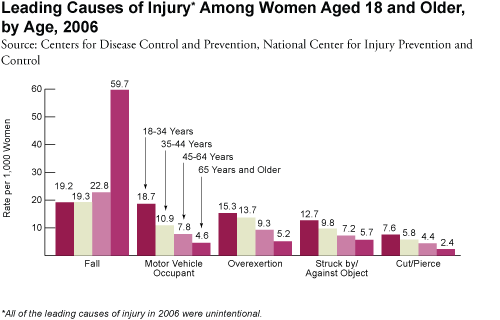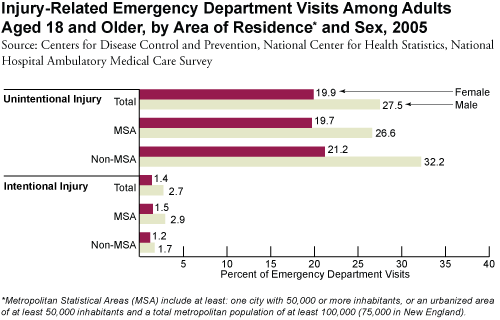By Caroline May - The Daily Caller 2:34 PM 10/29/2010
In honor of Domestic Violence Awareness Month, President Barack Obama introduced his administration’s new “government-wide” domestic violence initiative this week.
Missing from his words about a renewed focus on victims, however, was half of the population: men.
When looking at violence within intimate relationships, men are often viewed primarily as perpetrators, yet this is not always the case. Martin S. Feibert, psychology professor at the University of California, Long Beach, has highlighted more than 270 scholarly investigations, empirical studies and reviews, “which demonstrate that women are as physically aggressive, or more aggressive, than men in their relationships with their spouses or male partners.”
Equity feminist and Reason magazine contributing editor Cathy Young told The Daily Caller that while the cause was a good one, she was disappointed to see male victims excluded from the president’s equation, for just that reason.
“I was looking at the president’s comments today and one thing that really did leap out at me is that the discussion seemed to be framed entirely in terms of violence against women and children,” she said. “And I think that that leaves out a fairly sizable part of the population that is in danger of being abused. There are men who are abused both in gay relationships and in the heterosexual ones,” Young said.
According to a study, conducted by Daniel J. Whitaker and Linda S. Saltzman at the Centers for Disease Control and Prevention’s Division of Violence Prevention, and published in 2007 by the American Journal of Public Health, nearly one in four relationships had some violence, and in 49.7 percent of those relationships, the violence was reciprocal. In relationships in which the violence was not reciprocal, women were the perpetrators in 70 percent of cases.
Despite the prevalence of female violence against their male partners, men were more likely to cause bodily harm.
“Regarding injury, men were more likely to inflict injury than were women, and reciprocal intimate partner violence was associated with greater injury than was nonreciprocal intimate partner violence regardless of the gender of the perpetrator,” the study reads.
Columnist Carey Roberts told TheDC that the reason for the focus on female victims in discussions of domestic violence is the fact that men rarely if ever report such incidents, making domestic violence a widely under-reported crime.
“The Department of Justice does what’s called a National Crime Victimization Survey, NCVS. The NCVS is exactly that, it’s a survey of perceived crime. When a girlfriend slaps a man, he doesn’t think of that as a crime,” Roberts said.
Embarrassment is another reason, as a 1997 ABC 20/20 episode highlighted, in an expose on the realities of “battered men.” One of the victims the show chronicled, David Nevers, explained that he covered up the beatings his wife gave him out of a fear of humiliation. “I was so ashamed and embarrassed about what happened that I told them it was an accident … that I had backed into the door and that’s how it happened,” he said.
Feibert estimates that men are seriously injured in about 38 percent of the instances of “extreme aggression.”
“My take is that women are more likely to be more injured, but not a lot more,” Fiebert told the Los Angeles Times in 2002. “The reason is that women are more likely to use weapons in domestic situations than men — such as guns, knives and rolling pins — and men are more likely to use physical strength.”
Young says that while men may not seem to be hurt in the numbers that women are, that is not a reason to leave men out of the equation.
“Even if you take the lower end estimate, if you say that only 15 percent of domestic abuse victims are male, that is not a reason to completely ignore them,” Young said. “One good analogy: Fatalities in the workplace from job related injuries are almost 90 percent male. I think if the president was giving a speech about safer workplaces and combating fatalities on the job and talked exclusively about men, that would be perceived very negatively. Nobody would say it doesn’t matter because women are only 10 percent of the victims.”
Read more: http://dailycaller.com/2010/10/29/obamas-domestic-violence-initiative-neglects-male-victims-of-abuse/print/#ixzz148Z6xf35





